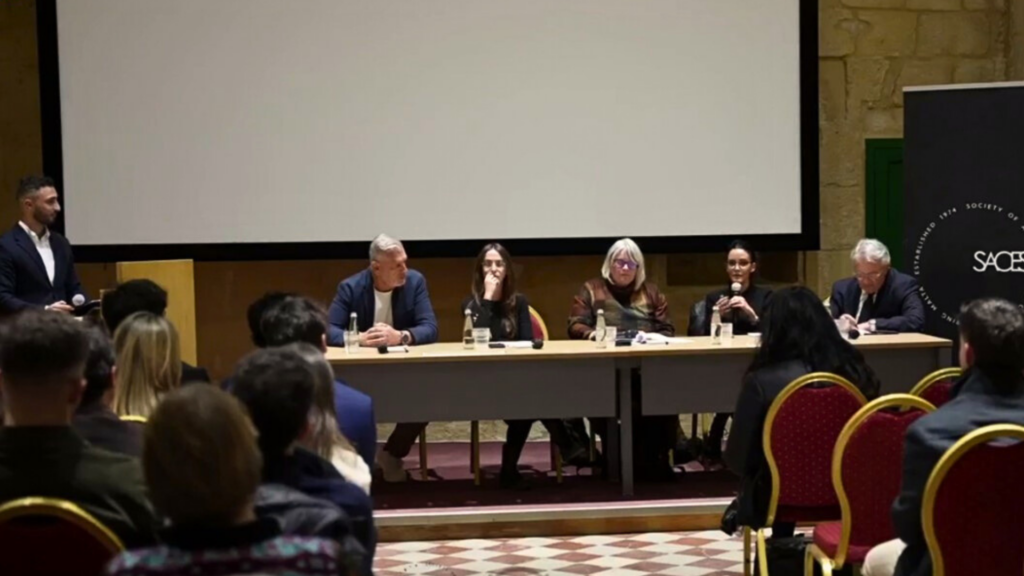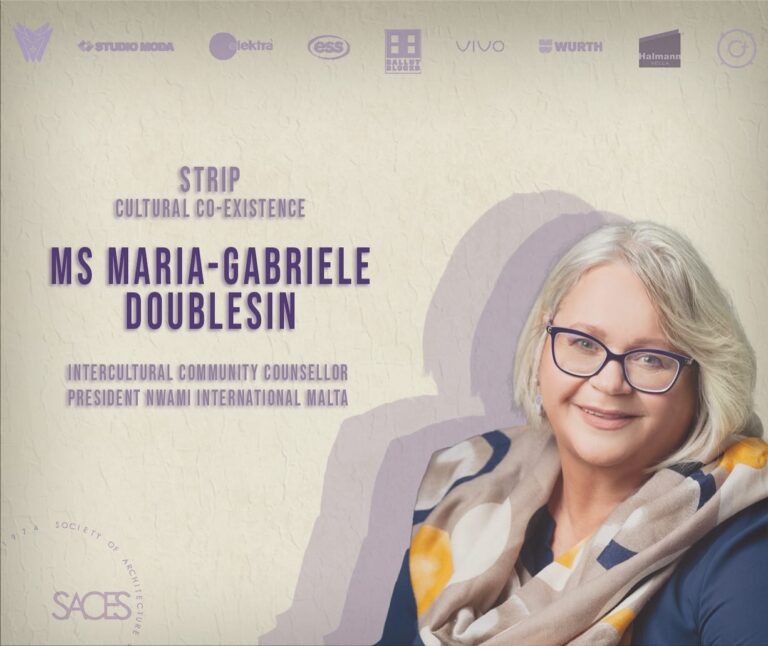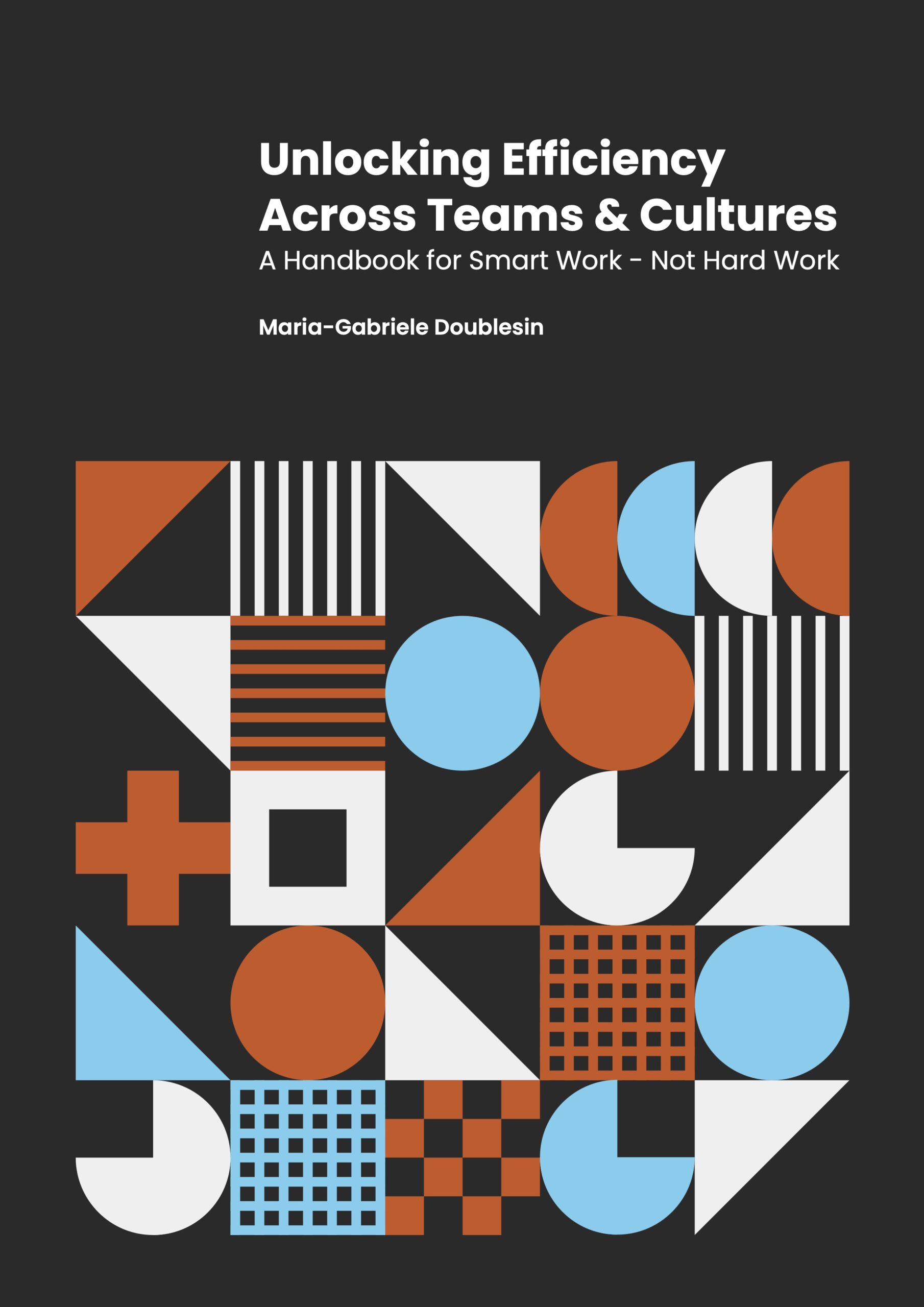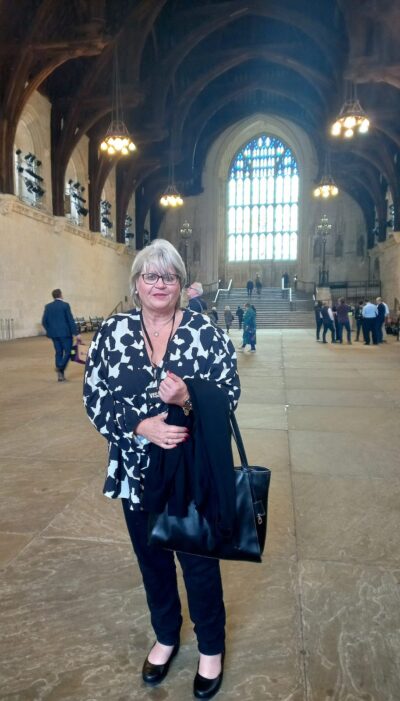Brief Recap of my Insights Shared at the Annual STRIP Panel Discussion organized by SACES, Student Organisation Body of the Built Environment, University of Malta, held on 1 March 2024 at Fort St. Elmo, Valletta
I had the honour of being part of this year’s STRIP debate, a significant event orchestrated by the Student Organisation for the Built Environment (SACES) at the University of Malta. The core theme of the evening was the intriguing exploration of ‘Cultural Coexistence: Breaking Barriers or Building Walls?’. Our discussions spanned Malta’s historical roots, perceptions of foreigners, community dynamics, infrastructural adaptations, the role of educational institutions, and the importance of culturally inclusive policies.
Diving into the first facet of our discussion, I explored how Malta’s historical background has woven a rich tapestry that influences attitudes towards foreigners and multiculturalism. The strategic position of the island in the Mediterranean has historically made it a melting pot for various civilizations. From Phoenicians to Romans, Arabs, and beyond, Malta’s historical narrative has cultivated a unique environment that embraces diversity. This historical openness has not only shaped perspectives but positioned Malta as a welcoming space where cultural exchange is celebrated.

In the aftermath of World War II, Malta grappled with economic challenges that prompted a significant wave of emigration. Maltese citizens sought opportunities abroad, with destinations such as Australia, Canada, and America becoming new homes for many. This historical context, coupled with the subsequent diaspora experience, has left an enduring mark on the collective memory of the Maltese people.
The impact of this migration on Maltese communities, both abroad and at home, contributes significantly to the nuanced attitudes toward foreigners and multiculturalism in contemporary Malta. The narrative continues with post-World War II economic struggles and emigration, driven by the scarcity of resources. The psychological aftermath of these challenges continues to shape current attitudes toward foreigners, encompassing anxieties about economic stability, job opportunities, and concerns about potential disruptions to established social structures.
This complex tapestry is woven from various threads, including media portrayals, political discourse, and individual experiences, creating a diverse spectrum of perspectives within the Maltese population. Adding depth to this intricate narrative is Malta’s colonial history, particularly under British rule. The enduring impact of historical power dynamics and interactions during this period seeps into contemporary attitudes toward foreigners.
The question of European identity, central to Malta’s narrative, further nuances these perceptions, shaping how foreigners are viewed in relation to this ongoing identity dilemma. Addressing these concerns and fostering positive attitudes toward foreigners necessitates multifaceted approaches. Community engagement, educational initiatives, and policies promoting social inclusion are pivotal in shaping a more receptive environment.
Recognizing and understanding the historical context and psychological factors at play contribute to more informed discussions about immigration and integration. However, a noteworthy observation surfaces – foreigners are often perceived as temporary inhabitants in Malta, leading to a lack of long-term policies. This has implications for community dynamics and the infrastructural adaptations required to support this changing demographic.
Considering the community’s readiness for infrastructural adaptations reveals a complex interplay of factors. Economic capacity, government policies, and the perceived urgency of addressing these issues all play pivotal roles. Budgeting for infrastructural changes becomes a balancing act, influenced by the willingness and ability of the government to allocate funds.
Furthermore, I stressed the importance of taking a multidisciplinary approach in the built environment sector to fully address the needs for inclusion and social equity of a highly diverse and multicultural society. I made a call to assess the social impact in urban planning because the result we are seeing today is an example of failing to assess the social impact on the communities.
In navigating Malta’s multicultural dynamics, acknowledging the historical threads and contemporary realities becomes imperative. It is a call to delve beyond the surface, recognizing the intricate tapestry of influences that shape attitudes, policies, and the very fabric of Maltese society.
While the allocated time for the discussion did not permit the panel to provide all the answers, its purpose was undeniably met through the exchange of diverse perspectives and the exploration of potential pathways toward greater inclusivity and social cohesion. The thoughtful dialogue among professionals and students showcased a collective commitment to understanding and addressing the complexities of Malta’s multicultural landscape. As we navigate these challenges, the panel discussion stands as a catalyst for ongoing conversations and actions, fostering a more inclusive built environment that respects the diverse tapestry of Malta’s society.
I extend my sincere gratitude to the Student Organisation for the Built Environment (SACES) Executive Board for extending the invitation to be part of this insightful panel. It was truly an honour to contribute to the dialogue and engage with the bright minds and professionals dedicated to shaping a more inclusive future for Malta.





